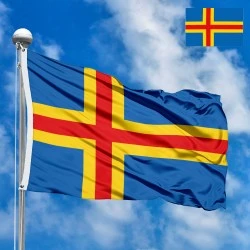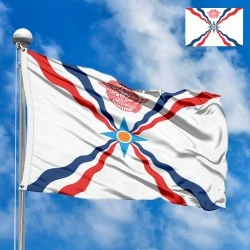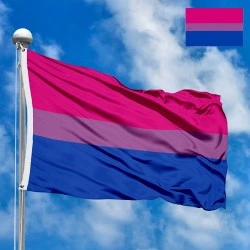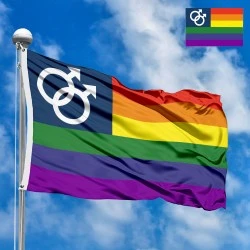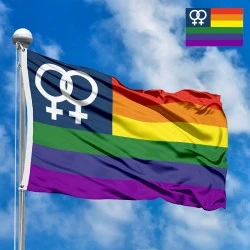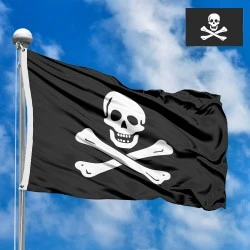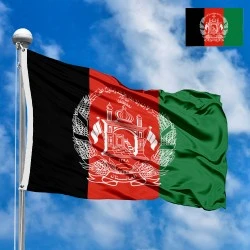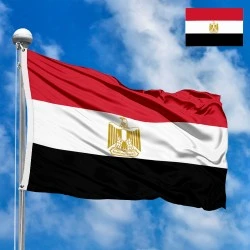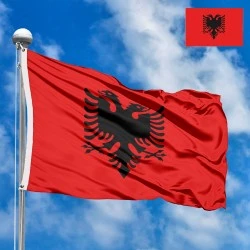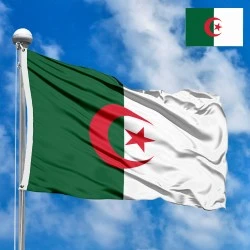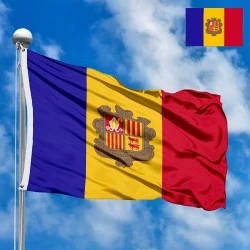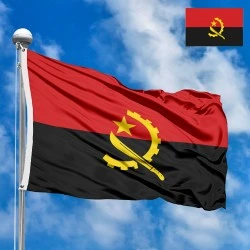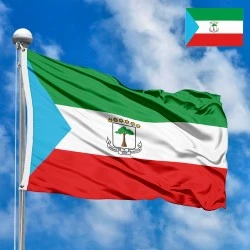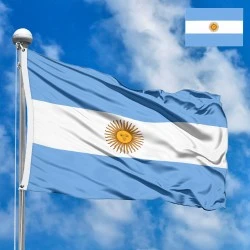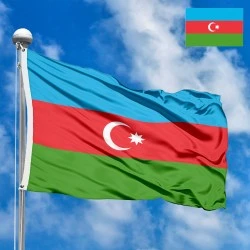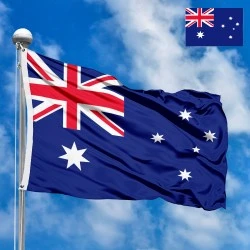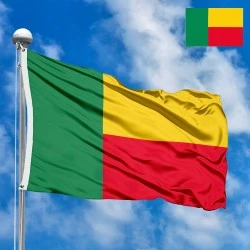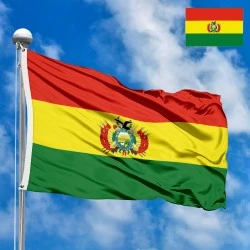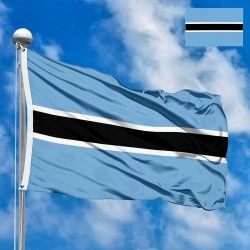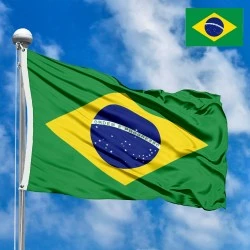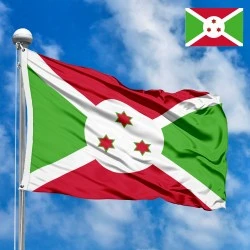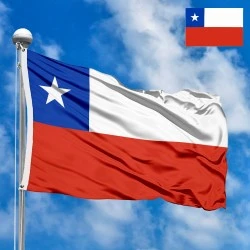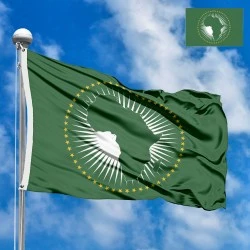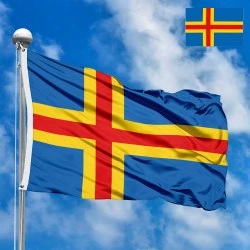Flag of Finland
- Flag Type: State
- Proportions (official): 11:18
- Official name: Republic of Finland
- Local name: Finland
- Sovereignty (year): YES (1917)
- Member of Organizations: UN, NATO, European Union, Nordic Council
- Country code, territory: FI, FIN, 246
- Capital: Helsinki
- Large cities: Espoo, Tampere, Vantaa, Turku
- Population: 5,618,000 (2024, Tilastokeskus)
- Religions: Lutheran ~61%, Orthodox ~1%, other/none ~38%
- Area (km²): 338 455
- Highest point: Halti (1,324 m)
- Lowest point: Baltic Sea (0 m)
- Currency: Euro (EUR, €)
- Languages: Finnish, Swedish
- Dialing code: +358
- National domain: .fi
Flag Information
General information
Demography and Culture
Economy and communications
- All Flags
- Flags of Countries by Continent
-
Flags of Organizations
- Flags of UN countries
- Flags of the European Union countries
- Flags of NATO countries
- Flags of the countries of the Organization of Islamic Cooperation
- Flags of the countries of the Organization of American States
- Flags of the Arab League countries
- Flags of the African Union countries
- Flags of the countries of the Union of South American Nations
- Flags of the Commonwealth of Nations
- Flags of the countries of the Secretariat of the Pacific Community
- Flags of the Nordic Council countries
- Flags of the Caribbean Community
- Flags of the countries of the Association of Southeast Asian Nations
- Flags of the East African Community
- Flags of the countries of the Organization of Turkic States
- LGBT Community Flags
- Historical Flags
- Ethnic Flags
- Flags of the USA (states)
Description
The national flag of Finland, affectionately known as Siniristilippu (the "Blue Cross Flag"), is a striking and serene symbol of the nation's natural beauty, its deep connection to the Nordic identity, and its hard-won independence. Adopted on May 29, 1918, shortly after Finland gained full independence from Russia in 1917, the flag's design encapsulates centuries of Finnish history, culture, and aspirations. It features a blue Nordic cross – a symbol common to many Scandinavian flags, denoting Finland's geographical and cultural ties to its Nordic neighbors – set against a white background. This simple yet profound design evokes the vast snow-covered landscapes and myriad lakes that characterize the Finnish terrain, making it a truly reflective national emblem. The flag represents not just the Finnish state, but the very essence of the Finnish spirit: resilience, purity, and a profound connection to nature.
Dimensions, Colors, and Arrangement of Elements: The design of the Finnish flag is precisely defined by law to ensure its consistent and proper representation.
-
The flag's background is white, on which a blue Nordic cross is positioned. A Nordic cross is characterized by the crossbar's horizontal stripe extending to the flag's fly (the side opposite the flagpole) and the vertical stripe being off-center, closer to the hoist (the flagpole side).
-
The width of the blue cross is one-fifth (1/5) of the flag's height. The blue vertical stripe is positioned such that its distance from the hoist is two-fifths (2/5) of the flag's length. The horizontal blue stripe runs across the entire length of the flag.
-
The proportions of the flag are 11:18 (height to length). This aspect ratio is somewhat elongated compared to many national flags, giving the Nordic cross ample space and prominence.
-
Specifically, the white areas are divided as follows: the hoist-side top rectangle is 3 units high and 5 units long; the fly-side top rectangle is 3 units high and 10 units long; the hoist-side bottom rectangle is 5 units high and 5 units long; and the fly-side bottom rectangle is 5 units high and 10 units long. The blue cross itself is 4 units wide. This detailed breakdown ensures strict adherence to the design.
-
The colors are officially specified: the white is a pure, bright white, symbolizing snow and the brightness of Finnish summers. The blue is a medium shade of blue, defined as Pantone 294C. This blue represents the thousands of lakes that dot the Finnish landscape and the clear Nordic sky. The specific shade of blue is crucial, differentiating it from the darker blues of some other Nordic flags while maintaining its distinct Finnish character.
History of the Flag's Creation and Adoption: The path to the adoption of the Finnish flag is deeply intertwined with Finland's struggle for national identity and independence, particularly from Russian rule.
-
For centuries, while under Swedish rule (until 1809), Finnish territories used various provincial flags, often incorporating Nordic cross designs or elements from regional coats of arms.
-
When Finland became an autonomous Grand Duchy under the Russian Empire in 1809, it lacked a distinct national flag. The Russian imperial flag (white-blue-red tricolour) was used for official purposes, though a unique Finnish ensign for merchant ships, featuring the Russian flag with a small Finnish lion coat of arms in the canton, emerged unofficially.
-
The idea of a distinct Finnish flag began to gain momentum in the mid-19th century, fueled by growing national romanticism and a desire to assert a unique Finnish identity. Various proposals were put forward, many of which featured the colors blue and white, inspired by the Finnish landscape.
-
The Nordic cross design was not new to Finland. It had been used unofficially by yacht clubs and maritime organizations in the late 19th century. One prominent design, proposed by the poet Zacharias Topelius in the 1860s, suggested blue and white, symbolizing the country's "lakes and snow."
-
The final push for a national flag came with Finland's declaration of independence on December 6, 1917. Immediately after independence, there was an urgent need for a recognized national symbol.
-
A competition was held for the flag's design. The winning proposal was put forth by artists Eero Snellman and Bruno Tuukkanen, drawing inspiration from earlier proposals and the established symbolism of blue and white. Their design, a blue Nordic cross on a white field, was chosen for its strong visual appeal, its clear symbolism of the Finnish landscape, and its connection to other Nordic nations, while still being distinctly Finnish.
-
The Finnish Parliament officially approved the Siniristilippu as the national flag on May 29, 1918, just a few months after independence. This adoption was a pivotal moment, solidifying Finland's new status as a sovereign nation and providing a powerful visual representation of its newfound freedom and identity. Since its adoption, the flag has remained a steadfast symbol of Finland's independence and its place in the world.
Symbolism and Meaning for Residents: For the people of Finland, the Siniristilippu is a deeply cherished and meaningful symbol, representing core aspects of their national character, history, and natural environment.
-
The white background primarily symbolizes the snow that covers Finland's landscape for much of the year, bringing a sense of purity, tranquility, and the vastness of the northern wilderness. It also represents the bright summer nights under the midnight sun, an important part of Finnish life and culture.
-
The blue Nordic cross holds multiple layers of meaning. Most prominently, it symbolizes the thousands of lakes that are a defining feature of the Finnish landscape, often referred to as the "Land of a Thousand Lakes." It also represents the clear, expansive Nordic sky and the deep, cold waters of the Baltic Sea that border Finland. Furthermore, the Nordic cross itself signifies Finland's geographical and cultural ties to other Nordic countries (Sweden, Norway, Denmark, Iceland), emphasizing shared heritage and a sense of regional belonging.
-
The cross shape itself, while secular in its primary interpretation for the Finnish flag, also carries a historical echo of Christian traditions, though this is secondary to its geographical and cultural symbolism.
-
Collectively, the flag embodies a sense of peace, purity, strength, and resilience. It reminds Finns of their unique natural environment and the importance of preserving it. It also signifies the hard-won independence and sovereignty achieved after centuries of foreign rule.
-
The flag is an integral part of Finnish public life, prominently displayed on all official buildings, in homes, and during national celebrations. It is especially visible on Flag Days (of which there are several official and unofficial throughout the year), notably on Midsummer's Eve (Juhannusaatto), when it is raised at 6 PM and lowered only at 9 PM on Midsummer's Day, symbolizing the endless daylight. It is also central to Independence Day (December 6th) celebrations, where it symbolizes national unity and remembrance of sacrifices made for freedom. During sporting events, it is a powerful rallying symbol, uniting Finns in collective pride and support. The flag serves as a constant reminder of Finland's journey, its values, and its unique place in the world.
Interesting Facts: The Finnish flag boasts several intriguing facts that contribute to its distinctive character and cultural resonance.
-
The name Siniristilippu ("Blue Cross Flag") is not just a description but a widely used and beloved informal name for the flag, reflecting its simple and direct symbolism.
-
While the Nordic cross is common among Scandinavian flags, Finland's flag is unique in its specific shades of blue and its emphasis on natural elements (lakes, snow, sky) rather than historical royal colors or specific religious symbolism as primary interpretations.
-
Finland has a specific legal framework for flag usage, including strict rules for how and when the flag should be flown. There are designated "flag days" when the flag must be flown on public buildings, and many homes and private entities also fly the flag.
-
The flag's design was significantly influenced by the concept of "white for winter, blue for lakes" proposed by Zacharias Topelius, an influential 19th-century Finnish poet and national awakener, solidifying the natural landscape as a core element of national identity.
-
During the short-lived Finnish Civil War in 1918, both sides used variations of a red flag with a yellow lion and a white flag with a red cross, respectively. The current blue-and-white cross flag was adopted by the victorious "Whites" after the war, intentionally chosen to symbolize a new, unified, and peaceful Finland, distinct from the recent internal conflict and previous foreign rule.
-
The design also echoes the flags of other Nordic countries, particularly Sweden (blue and yellow cross) and Norway (red, white, and blue cross), visually cementing Finland's place within the Nordic family of nations, while its distinct color combination maintains its unique identity.
In the demonstration images, full-size flags are shown with proportions of 2:3, and hand-held flags with proportions of 1:2.
Donation
Download
Completely free for commercial and non-commercial use (public domain).
You can freely use them in your news magazines, websites, software, mobile applications.
We appreciate a backlink to https://flagssite.com
Raster files - Flag of Finland (PNG, JPG)
 Waving flag
Waving flag
- PNG format (transparent background), 72dpi, dimensions in Pixels (px), aspect ratio 3:4.
- 15х20 px
- 30х40 px
- 60х80 px
- 120x160 px
- 240x320 px
 Sizes:
Sizes:
"v15" - image size (by height); if necessary, replace with available: v15, v30, v60, v120, v240.
!!! For resizing, use the Latin (eng) keyboard layout.
<img src="https://flagssite.com/flags/v15/20236.png" alt="Flag of Finland">
 Round flag
Round flag
- PNG format (transparent background), 72dpi, dimensions in Pixels (px), aspect ratio 1:1.
"d15" - image size (diameter); if necessary, replace with available: d15, d30, d60, d120, d240.
!!! For resizing, use the Latin (eng) keyboard layout.
<img src="https://flagssite.com/flags/d15/20236.png" alt="Flag of Finland">
 Rectangular flag 2:3
Rectangular flag 2:3
- JPG format, 72dpi, dimensions in Pixels (px), aspect ratio 2:3.
"h30" - image size (by height); if necessary, replace with available: h15, h30, h60, h120, h240, h360, h480.
!!! For resizing, use the Latin (eng) keyboard layout.
<img src="https://flagssite.com/flags/h30/20236.jpg" alt="Flag of Finland">


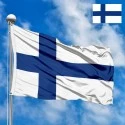
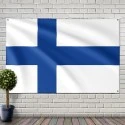
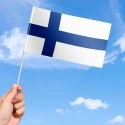
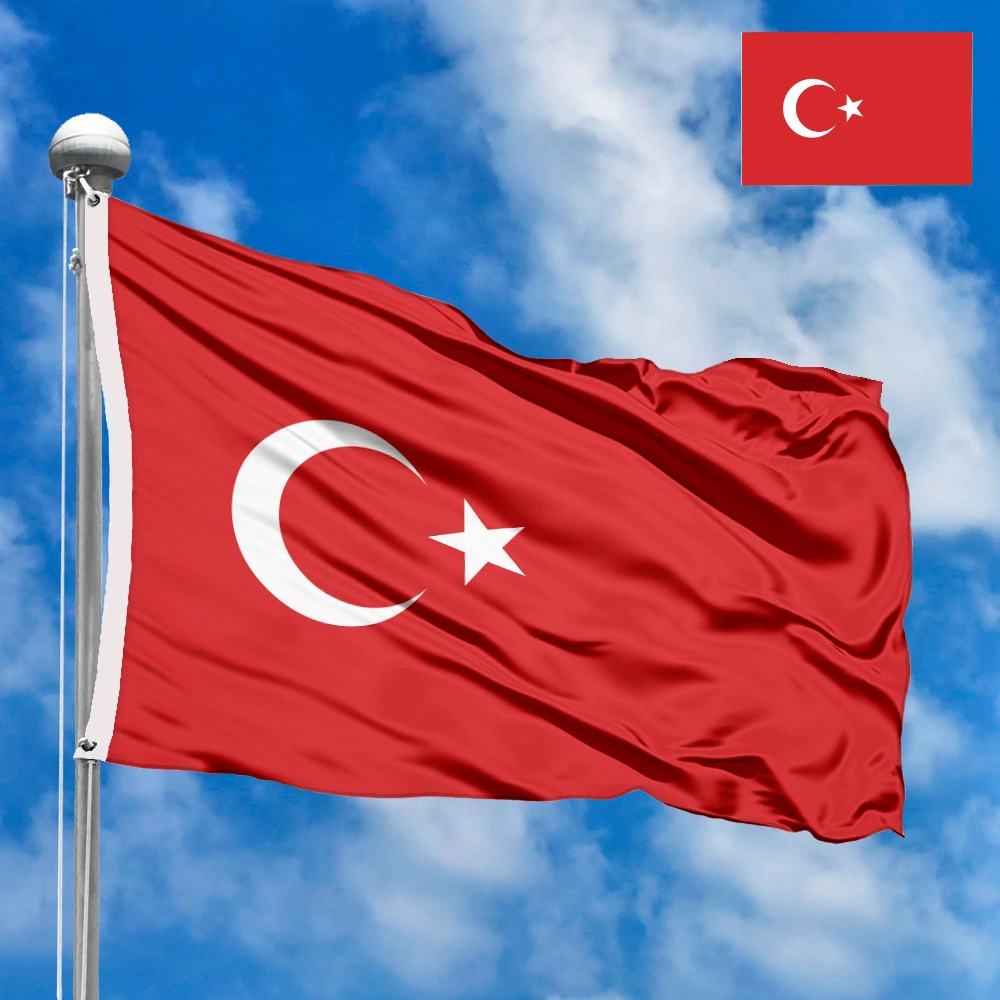


 Sizes:
Sizes:
 Sizes:
Sizes:
